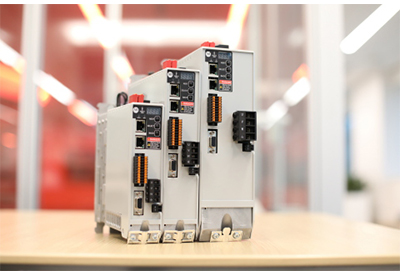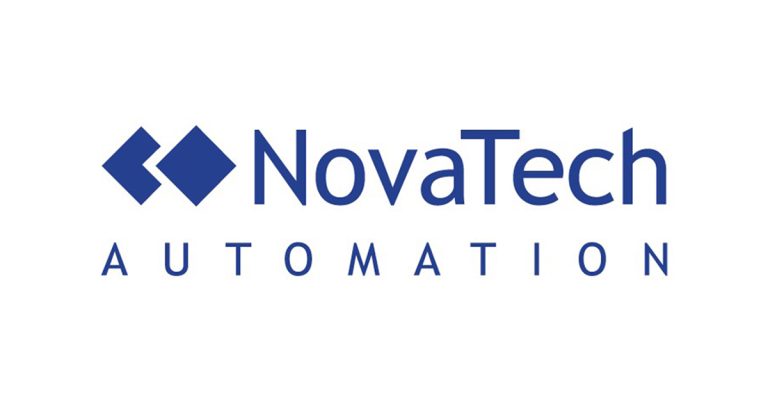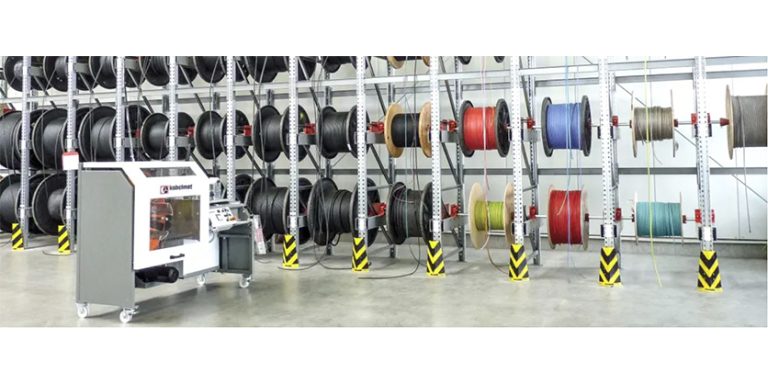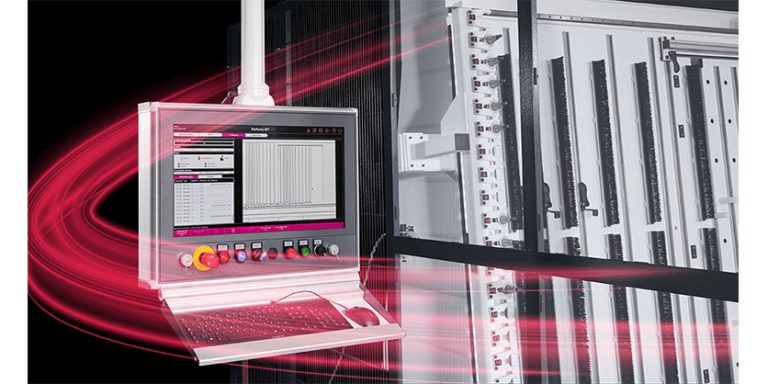AI/ML Can Help Manufacturers Gain an Edge

April 4, 2022
Artificial intelligence (AI)/machine learning (ML) are disrupting industrial manufacturing. In this article, we will focus on key trends that help leaders navigate their digital transformation (DX) initiatives with clear foresight.
The Emergence of OT Citizen Data Scientists
Ten years ago, model creation was the realm of data scientists, but that space has now been disrupted due to availability of easy-to-use tools that empower even the non-data scientist to leverage ML libraries and build models.
Today, we are seeing growing interest in democratization of AI and ML in the industrial manufacturing space. Manufacturers are engaging stakeholders with a range of domain knowledge to contribute toward better analytics initiatives.
We see that OT engineers, IT analysts, data scientists, and citizen data scientists are increasingly getting involved in creating ML models and participating in the digital revolution. The impact is greatest when domain experts, who are closer to the data and processes, use these tools and techniques to achieve more success in data science projects. Across industries, people want the ability to collaborate and participate while building AI/ML models.
Superior IT/OT Convergence: Automatically Capture OT Context at the Edge
Even though AI/ML technology has come a long way, data preparation remains a challenge. And this is a problem for the manufacturing industry. The reason is simple: incorrect predictions from poor quality data can have serious repercussions on production, worker safety, and capital-intensive equipment. IT analysts and data scientists often seek specific, comprehensive OT datasets with high granularity to solve domain problems, but engineers do not have ready access to them.
Poor quality data results in a lot of back and forth between the engineers and data scientists, even before the model creation stage. Moreover, the same raw OT data set could be re-used for building other models in the future. It is important to have high data quality standards, integrity and relevance before model preparation and execution.
The adage “garbage in, garbage out” is apt here. Automatically capturing OT data context at the edge can help unlock high-quality and actionable insights from the vast volume of industrial data. The FactoryTalk® Smart Object™ capability of Rockwell Automation is a significant breakthrough in this regard. OT engineers can now design flexible common IT/OT information models that mimic physical plant scenarios and automatically populate them with runtime OT tag values and production context at low latencies. This enhances the OT data quality tremendously and opens up new ways to add value.
Rich OT context allows data scientists and IT analysts to uncover enterprise-level insights with a broader picture in mind. Moreover, with the richer OT context, they can deploy models at enterprise-level scale—and accelerate time to value.
Let us look at an example: a Food & Beverage packaging plant has multiple stages of production such as filling, bottling, packaging, etc. With automated OT data context capture, manufacturers can easily correlate different production parameters to a particular batch number. They can document the origin of a production batch with the pressure, temperature, container thickness etc.
Manufacturers can now seize a clear advantage—they can perform root cause analyses in real-time (after eliminating outliers) without having to delve into heavy data engineering effort. When responding to an urgent safety recall issue, it becomes easy to deduce whether the fault was in the production process or raw materials—the “digital birth certificate” serves as an excellent reference point for continuous improvement opportunities.
Accelerating Time-to-Value with Modern, Visual Data Science Tools
Customers are utilizing modern tools for an array of problems and getting smarter about how they approach model creation in the first place. “Create once, re-use many times” is in vogue.
Today, OT professionals are looking to launch rapid ML solutions with minimal data science effort or training to accelerate time to value. There is a growing interest in pre-built ML libraries for targeted Industrial manufacturing use cases. OT engineers do not want to start from scratch with data preparation, modelling, and training,
Also, data scientists and IT analysts—especially those in the industrial manufacturing space—are looking for robust big data analytics and ML platform solutions that would empower them to visually build, train, deploy, score, and monitor ML models on an ongoing basis. They need an open, standardized, secure, and enterprise-grade analytics solution using which they can collaboratively manage the entire model lifecycle in a centralized IT environment.
Visual data pipeline creation capabilities play a big role to play in accelerating ML model creation and management. Visualizing the transformed data at every step of the pipeline creation minimizes unexpected errors during execution. In addition, visual dashboards help in tracking the performance via model performance statistics and point-and-click configurations.
Data scientists and IT analysts yearn to create complex data pipelines intuitively and apply machine learning algorithms—from Python, Spark, H2O.ai or PMML—on real-time streaming or batch data. Once models are created, they can be scored by deploying in data pipelines on highly scalable execution engines. Lastly, the ability to bring-your-own-models (BYOM) and import code into open programming environments definitely helps ramp up the pace of innovation through reusability.
The Long View in AI/ML Journey: End-to-End Model Lifecycle Management
Managing the ML model operations cycle end-to-end (from model creation to maintenance) is an emerging focus area in the industrial analytics space.
After creating an analytics model, it is essential to track the performance of the ML model (wherever it is deployed in the edge-to-cloud spectrum) and keep training it with newer production data. While automation is of model maintenance is a important, it is probably more important to know “when” a ML model needs to be rebuilt.
Market conditions can be fluid, manufacturing needs change, and production processes evolve. This is why you should be able to constantly monitor a model for performance drift and be able to swap it out for another version at the right moment.
A few examples of “when” a ML model would need to be rebuilt could include a production line redesign, a new sensor addition, or a recent heavy equipment maintenance. For this, you need to constantly track the drift in its predictive accuracy. Model maintenance should be anticipated in advance and budgeted for in the AI/ML model management journey.
New World, New Solutions
What got you here won’t get you there. Advancements in AI/ML are creating new frontiers in industrial manufacturing with self-service manufacturing workflows that accelerate time-to-value. As a DX leader, realize that the old way of doing things isn’t going to position you for the future. You have to absorb the major shifts happening in AI/ML technology and apply them to accelerate time-to-value for high priority use cases in your industrial manufacturing domain.
A new world with new problems demands new solutions. It is prudent to embrace the trends: superior IT/OT convergence with richer OT context at source, the rise of OT citizen data scientists, and the democratization of AI/ML with visual tools that offer robust model lifecycle management. Leveraging these trends and best practices in your Industrial Analytics solutions empowers you to glean quality, enterprise-level insights and accelerate time-to-value for your key manufacturing outcomes.
![]()
https://www.rockwellautomation.com/en-us/company/news/blogs/ai-ml-help-manufacturers.html









